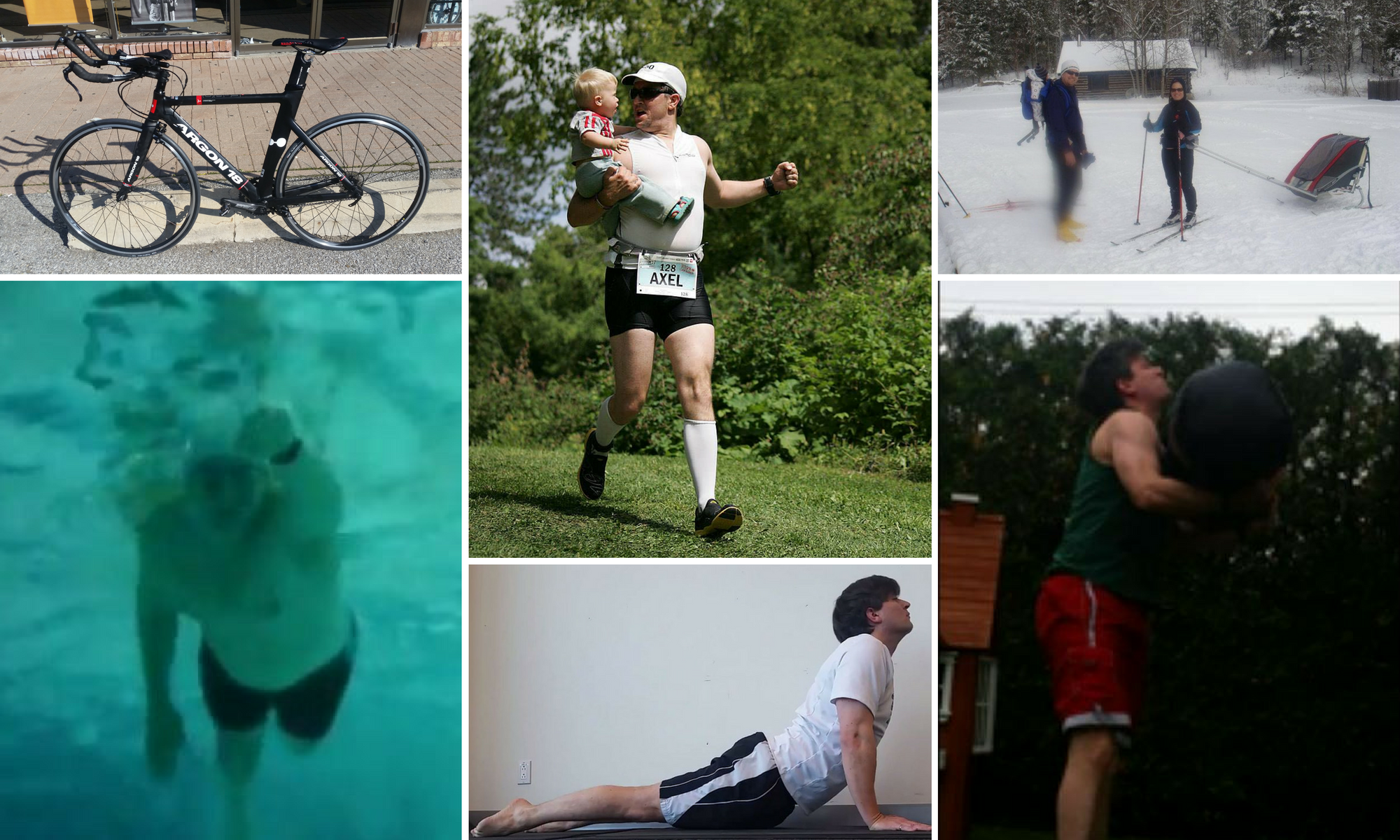It’s probably already getting to be too late to be plotting out my race calendar, as the training plan will follow from that – even one of my loosely structured ‘plans’ is in danger of never truly forming. I have some favourite races, but I don’t want this year to be ‘Been There, Done That’ so there will be a lot of new and novel races for me this year.
|
Month
|
Race Name and Date
|
Quick Note
|
|
April
|
Primary Goal
|
|
|
May
|
NO RACES FOUND!
|
I may be supporting my wife in her race endeavours this month so…
|
|
June
|
Met Con Blue. June 2nd
|
Secondary Goal; Obstacle Course Race
|
|
Spartan Race Toronto (Oro); June 24th
|
Primary Goal; Obstacle Course Race
|
|
|
July
|
Muskoka 5150; July 22nd
|
Primary Goal; Olympic Distance Tri
|
|
August
|
Muskoka Grind; August 5th
|
Secondary Goal; Off-Road Tri
|
|
Bracebridge Triathlon; August 12th
|
Primary Goal; Olympic Distance Tri
|
|
|
September
|
Logs Rocks and Steel; September 8th
|
Secondary Goal; Multi-sport Adventure
|
5 Peaks Trail run at Rattlesnake Point: I like running on trails and always have. Still I don’t know that I can be considered a trail runner – I’m not sure if my usual routes are as technical or challenging as they would be if I were an ‘official’ trail runner. Still, I’d like to try an official race and the races in this series come highly recommended. This one is early in the season and as it’s my first one, I’ll stick to the shorter ‘Sport’ Course which is 4.5km.
MET CON BLUE: Obstacle races are blowing up as a trend, and what I like about this one is that it’s a Canadian Homegrown effort – I’m hoping that means less overcrowding than the Warrior Dash I did last year. Collingwood and Blue Mountain have been like a home away from home for my family in past years, so it would be fun to head up there for this. It takes place the same weekend as the Milton Triathlon, but it looks like I might give that one a miss this year. I didn’t get much interest from friends when I tried to get a group going, unlike…
Spartan Race Toronto: This one is closer to where I live, and it looks like we have a strong contingent of people from the Jiu-Jitsu club going, so I’ll join in on the fun.
Muskoka 5150: Gone is the old Muskoka Chase triathlon; I guess I have mixed emotions. It was a long standing race and one of my first. The long course was always ‘neither-here-nor-there’: longer than Olympic distance but shorter than Half-Iron. The Olympic Distance (51.5km total swim-bike-run) is probably my favourite distance so I’m jumping at the chance at doing this on my old stomping grounds in what is still technically a ‘new’ race.
Muskoka Grind: Every year I think I’m going to be able to try an off-road triathlon, and every year I don’t knuckle down and buy myself a mountain bike to accomplish it with. So far, there’s been a dearth of these events in Ontario, but with this addition to the calendar maybe this is the year I get myself a mountain bike. If only I knew anything about mountain bikes. This will be promoted to primary race status once I have one…
Bracebridge Triathlon: The Recharge with Milk Series has become my favourite, but I seem to have trouble lining up their races with my schedule (at least last year). Bracebridge used to have a Half-Iron but now they’ve gone down to the Olympic Distance, which suits me fine.
Logs, Rocks and Steel: In the same vein as trying an off-road triathlon, I wouldn’t mind dipping my feet into adventure racing without that pesky navigation or teamwork (I’m a loner, Dottie, a rebel). This fits the bill! The Pine Crest Course is 4km of paddling (kayak for solos like me), 22km of mountain biking, then a 5km trail run. Overall, it’s a lot for me to work up to… good thing it’s late in the season. Still need that Mountain Bike though.
That’s the plan (so far). Always subject to change as conflicts and chaos can arrive. I’ll probably keep updating the table on a separate page of the blog as the year progresses.










